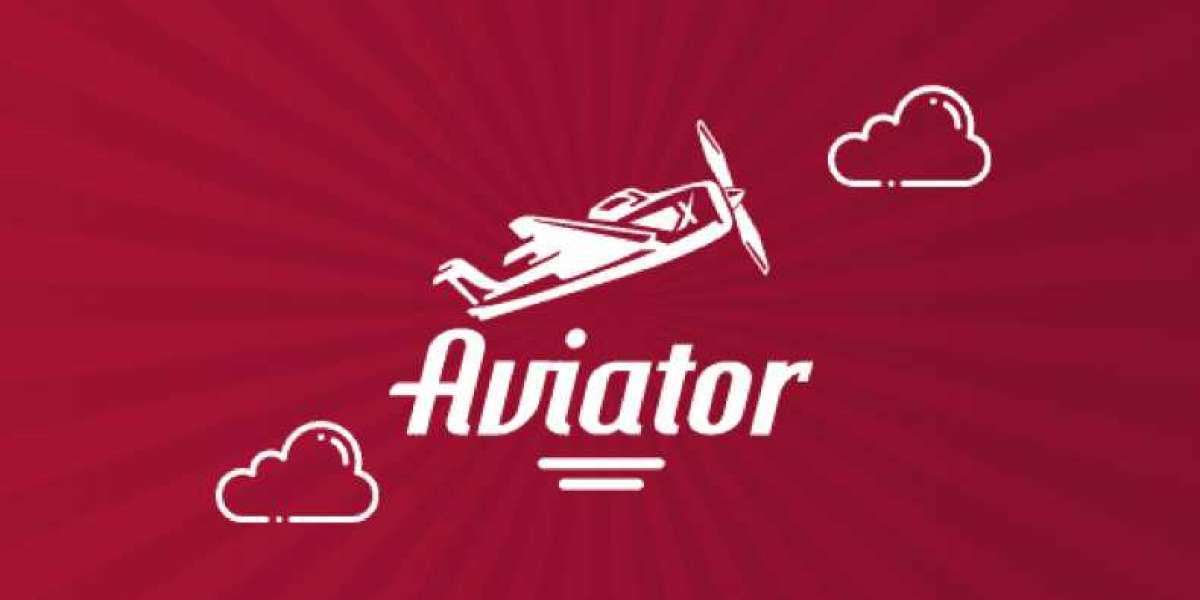The Amazon marketplace has become a global hub for e-commerce, connecting sellers with millions of customers worldwide. Within this ecosystem, Amazon aggregators have emerged as key players, driving significant changes in the way small to medium-sized businesses (SMBs) operate and scale. But what exactly are Amazon aggregators, how do they work, and what do they mean for your business? This guide delves into these questions, providing expert insights and actionable takeaways.
What Are Amazon Aggregators?
Amazon aggregators, often referred to as "brand roll-up companies," are firms that acquire, manage, and grow third-party seller brands operating on Amazon. They identify promising e-commerce businesses—typically private label brands—and purchase them outright, aiming to optimize operations and increase profitability through economies of scale.
In essence, these aggregators serve as venture capitalists for Amazon sellers. By pooling resources, leveraging advanced analytics, and employing experienced teams, they elevate acquired brands, ensuring sustained growth. Popular Amazon aggregators include Thrasio, Perch, and Elevate Brands, which have collectively raised billions of dollars in funding to acquire and manage Amazon-based businesses.
How Do Amazon Aggregators Work?
1. Identifying Target Brands
Aggregators scout Amazon's marketplace for brands with high potential, focusing on businesses that meet specific criteria such as:
- Proven sales history (typically $1 million+ annually).
- Positive customer reviews and strong brand identity.
- Products with stable or increasing demand.
- Low operational complexities and minimal liabilities.
Aggregators often use advanced tools, such as Amazon Oddit audits, to evaluate these metrics. By conducting deep-dive analyses of seller performance, they identify opportunities to enhance profitability.
2. The Acquisition Process
Once a target brand is identified, the aggregator initiates negotiations, offering a lump sum or performance-based payment structure. The deal is usually closed within weeks, ensuring a seamless transition for both the seller and the aggregator.
3. Optimizing Operations
Post-acquisition, aggregators implement strategies to:
- Improve supply chain efficiency.
- Optimize Amazon PPC (Pay-Per-Click) and DSP (Demand-Side Platform) strategies.
- Enhance listing quality through SEO and conversion-focused content.
- Expand product lines and explore additional sales channels.
These efforts aim to scale the business quickly while maintaining profitability.
4. Leveraging Expertise
Aggregators employ specialized teams in areas such as marketing, logistics, and finance. By centralizing these resources, they drive down costs and increase ROI for each acquired brand.
Implications for Businesses
The rise of Amazon aggregators has had profound effects on SMBs and the broader e-commerce landscape.
1. Exit Opportunities for Entrepreneurs
Amazon sellers now have a clear path to lucrative exits. For entrepreneurs who have built successful brands, selling to an aggregator can be an attractive option, providing substantial financial returns and allowing them to move on to new ventures.
2. Increased Competition
While aggregators can bring professional expertise to underperforming brands, their involvement raises the bar for competition. Independently run brands must adapt quickly to compete with the operational advantages of aggregator-managed businesses.
3. Market Consolidation
As aggregators continue to acquire a significant share of Amazon brands, the marketplace is becoming increasingly consolidated. This trend can limit diversity but also improve overall customer experience, as aggregators prioritize quality control and professional branding.
4. Growth Potential
For acquired brands, the backing of an aggregator unlocks resources and expertise that may have been previously inaccessible. From entering international markets to scaling production, the potential for growth becomes exponential.
Expert Insights: The Role of Amazon Oddit in Aggregator Success
Amazon aggregators heavily rely on comprehensive audit services, such as those provided by Amazon Oddit, to identify potential acquisitions and optimize operations post-acquisition. These audits focus on key metrics like:
- Product performance and keyword ranking.
- Customer review sentiment analysis.
- Pricing strategies and competitor benchmarking.
- Conversion rate optimization (CRO).
An effective audit identifies weaknesses and highlights opportunities for improvement, enabling aggregators to deploy targeted strategies that drive measurable results.
The Importance of Amazon Audit Services
Audit services also help brands understand their valuation. Before entering negotiations, sellers can use these insights to highlight their brand’s strengths, ensuring they secure a favorable deal.
Challenges Amazon Aggregators Face
Despite their significant resources, aggregators are not without challenges:
- High Acquisition Costs: Intense competition among aggregators has driven up acquisition prices, reducing potential margins.
- Operational Complexity: Managing multiple brands across diverse categories can strain even the most experienced teams.
- Marketplace Risks: Changes in Amazon policies or unexpected market shifts can impact profitability.
To navigate these challenges, aggregators continually refine their strategies, leveraging data-driven decision-making and industry expertise.
Should You Sell Your Brand to an Aggregator?
For Amazon sellers, deciding whether to sell to an aggregator requires careful consideration. Here are some factors to weigh:
- Financial Goals: Selling to an aggregator can provide a substantial upfront payment, but it also means relinquishing future profits.
- Operational Burden: If managing your brand has become overwhelming, an aggregator’s offer may be worth exploring.
- Growth Potential: Consider whether you have the resources and expertise to scale your brand independently.
Ultimately, sellers should conduct thorough due diligence and seek professional advice to determine if selling aligns with their long-term objectives.
The Future of Amazon Aggregators
The aggregator model is still in its infancy, but its influence on the Amazon ecosystem is undeniable. As competition intensifies and market dynamics evolve, aggregators will need to innovate continuously. Trends to watch include:
- AI-Driven Analytics: Advanced algorithms will further streamline brand selection and operational optimization.
- Diversification: Aggregators may expand beyond Amazon, acquiring brands with strong presences on Shopify, TikTok, or other platforms.
- Sustainability Initiatives: With growing consumer demand for eco-friendly products, aggregators may prioritize brands with sustainable practices.
Final Thoughts
Amazon aggregators have revolutionized the e-commerce landscape, offering unprecedented opportunities for both sellers and investors. Whether you're considering selling your brand or competing against aggregator-backed businesses, understanding their strategies and implications is crucial.
For more insights into optimizing your Amazon presence, explore the resources offered by Amazon Oddit. With expert audits and data-driven strategies, you can ensure your brand stands out in this ever-evolving marketplace.
By staying informed and proactive, sellers can navigate the aggregator-dominated Amazon landscape effectively, leveraging opportunities while mitigating risks.









